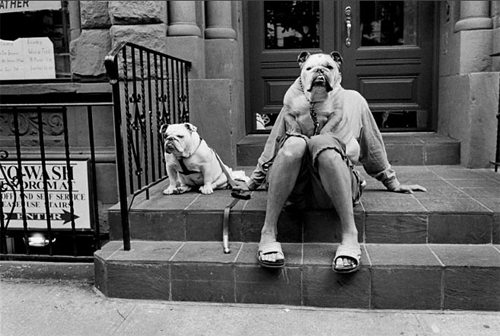The Buzz on Street Photographers
The Buzz on Street Photographers
Blog Article
The Basic Principles Of Street Photographers
Table of ContentsSome Of Street PhotographersAll About Street PhotographersSome Ideas on Street Photographers You Need To KnowMore About Street PhotographersWhat Does Street Photographers Mean?
Street photographers do not always have a social purpose in mind, but they prefer to separate and capture minutes which could or else go unnoticed.He was influenced by several of those who influenced the road photographers of the 1950s and '60s, he was not mainly interested in recording the spirit of the road., who worked side by side with digital photographers trying to capture the essence of city life.

Offered the fine quality of his pictures and the breadth of product, architects and musicians frequently got Atget's prints to make use of as reference for their own work, though industrial rate of interests were rarely his main motivation. Rather, he was driven to photograph every last residue of the Paris he enjoyed. The mingled interest and urgency of his mission shine through, leading to photos that tell his very own experience of the city, qualities that anticipated road digital photography of the 20th century.
7 Simple Techniques For Street Photographers
They reveal the city via his eyes. His job and fundamental understanding of digital photography as an art kind worked as motivation to generations of professional photographers that followed. The following generation of street photographers, though they likely did not describe themselves as such, was introduced by the photojournalism of Hungarian-born professional photographer Andr Kertsz.
Unlike his peers, Brassa utilized a larger-format Voigtlnder camera with a much longer exposure time, requiring him to be much more computed and thoughtful in his practice than he may have been if using a Leica. (It is assumed that he may not have actually been able to pay for a Leica at that time, yet he did, however, utilize one in the description late 1950s to take colour photographs.) Brassa's photos of the Paris abyss lit up by fabricated light were a revelation, and the collection of the series that he published, (1933 ), was a significant success.
Cartier-Bresson was a champion of the Leica cam and among the first professional photographers to optimize its capabilities. The Leica enabled the digital photographer to communicate with the surroundings and to record moments as they happened - Street Photographers. Its relatively little dimension additionally helped the photographer fade into the history, which was Cartier-Bresson's recommended technique
The Greatest Guide To Street Photographers
It is due to the fact that of this fundamental understanding of the art of picture taking that he is frequently credited with uncovering the medium all over once more approximately a century given that its development. He took photos for more than a half century and influenced generations of digital photographers to trust their eye and instinct in the moment.
These are the concerns I will attempt to answer: And after that I'll leave you with my very own meaning of street digital photography. Yes, we do. Allow's kick off with defining what an interpretation is: According to it is: "The act of defining, or of making something guaranteed, unique, or clear".
No, certainly not. The term is both limiting and misguiding. Seems like a road digital photography should be photos of a streets appropriate?! And all road digital photographers, except for a small number of outright beginners, will fully value that a street is not the crucial element to street digital photography, and actually if it's a photo of a street with maybe a few boring individuals not doing anything of passion, that's not street digital photography that's a snapshot of a road.
He makes a legitimate point do not you think? While I agree with him I'm not sure "honest public photography" will catch on (although I do kind of like the term "honest digital photography") since "road photography" has been around for a long time, with several masters' names connected to it, so I think the term is here to stay.
How Street Photographers can Save You Time, Stress, and Money.
You can shoot at the coastline, at a festival, in an alley, in a park, in a piazza, in a coffee shop, at a museum or art gallery, in a city station, at an event, on a bridge, under a bridge ...
Yes, I'm afraid we have no hop over to these guys choice! Without rules we can not have an interpretation, and without a definition we do not have a style, and without a style we don't have anything to define what we do, and so we are stuck in a "regulations definition genre" loop! - Street Photographers
Street Photographers for Dummies

Report this page